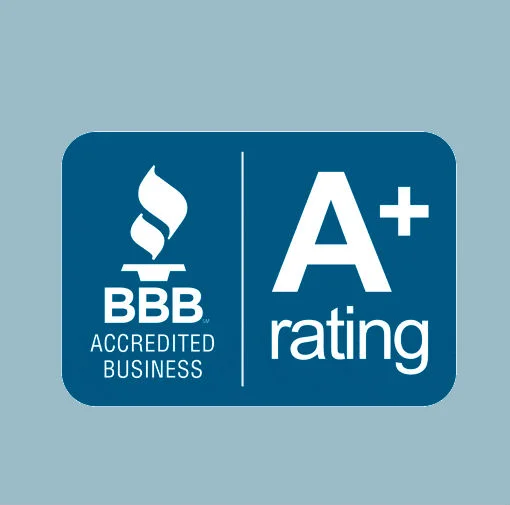Get Ready, More Patients Than Ever Are Price Shopping for Healthcare
Here's a news headline that comes as no surprise to marketing savvy healthcare providers: More Americans Are Checking Prices Before Getting Health Care. And, according to a new poll, price is a significant influence for two out of three shoppers.
Marketing professionals are acquainted with the pervasive "new normal"—the buyer's concern about the cost of healthcare. In some instances there's an outright reluctance to bite into the already-stretched household budget for medical care at all.
The numbers have shifted in the last two years.
The headline comes from the NPR-Thompson Reuters Health folks who compared data from two polls—one in 2010 and one in 2012—regarding the frequency with which people comparison shop. For planning purposes, medical practice providers, administrators and marketing professionals should take note of the numbers as well as how they have shifted.
Some of the key points include:
- The doctor's office is the most common source;
- Those surveyed are recent healthcare consumers (eight out of 10);
- The incidence of price shopping has increased (up by five percent); and
- Price influences the purchase decision for most (about two out of three).
"In both polls, about 80 percent of the surveyed households included someone that had received health care services in the past year. However, among the recently polled health care consumers, 16 percent had looked for prices beforehand, compared to 11 percent in the 2010 poll.
"The most common source for pricing information was the doctor's office, cited by about 50 percent of those who had checked on pricing. The second most popular source was insurance companies, cited by about 49 percent—up by 26 percent since 2010."
Why and how people are shopping more…
The NPR-Reuters news story reports that the trend toward higher deductible insurance coverage, in the opinion of some observers, may be an incentive for people to look for the best price. No doubt that's one factor. More broadly, however, the nation's years of a soft economy and disturbing economic times has turned most prospective patients into cost-conscious consumers.
It turns out that "price shoppers" are not just calling on the phone. Although inbound calls to the physician's office or group medical practice is still a popular communications channel, the lineup of shopping tools has changed between 2010 and 2012 polls:
- Most people get [price information] in person (53 percent; up from 47 percent);
- The telephone barely holds on to second place (down to 48 percent from 61 percent);
- Online sources—email and the Internet—are up…way up (45 percent from 22 percent).
 How to handle the price-shopping, cost-conscious prospective patient.
How to handle the price-shopping, cost-conscious prospective patient.
Although nearly all types of medical and dental practices encounter price-shopping patients, for obvious reasons, marketing and advertising healthcare services on the basis of price alone is not the answer. The poll information provides some useful insights. And based on our experience, consider these recommendations for handling the increasing inquiries about cost.
- When the question is price, the answer is value. Consumers will mainly ask about cost—for healthcare or anything else—because it's just about the only question they know to ask. Most patients are not prepared to make comparisons on the basis of professional credentials or medical training. Shape the conversation about cost so that they understand the measures of value—the provider's experience, as one example—that are included in the service to be provided.
- A cost question signals a prospective sales opportunity. A "price shopper" is a prospective buyer. Recognize a price inquiry as a part of their process in selecting a provider. Seize the new business opportunity and give the individual reasons to choose you.
- Are they asking price or are they asking about affordability? Hard cost dollars can seem daunting to the prospective buyer, particularly as a lump sum bite out of their resources. The total cost is more understandable and acceptable when affordability options are available.
- Prepare everyone for the face-to-face questions. (Everyone.) More than half of the people in the poll sought price information in person in the physician's office. Perhaps they ask the doctor, but more likely they'll ask a staff member. Office-wide training—front desk to back office—is valuable preparation for the inevitable questions about cost.
- What is your website saying to the price shopper? According to the poll results, online sources of price shopping nearly doubled, and it's reasonable to suspect this will continue to grow in importance. Take the shopper's point of view and make a critical review of your online presence. Do you offer compelling reasons for the patient to call for more information?
- Bring the telephone shopper into the office. The best way for a prospective patient to understand cost, value, affordability and other related details is by having a face-to-face conversation. Whenever possible, the outcome of a "price shopper" phone call should be to arrange a first appointment.
Although circumstances and particulars will vary, one thing that nearly every medical and dental practice have in common is the price shopper. These cost-conscious consumers are increasing in number, and they represent prospective new business for the practice. Since you know their question, it's sound business to have a system in place to help them make an informed decision.
For more guidance on this topic, see our related article titled, 5 Steps to Increased Revenue When the Phone Rings.
Related Articles:
Healthcare Consumerism: How to Avoid Being Left Behind
Major Healthcare Consumerism Shifts You Need to Embrace Now for Marketing
How To Use Marketing To Win Patients Despite Our Current Economic Crisis


 How to handle the price-shopping, cost-conscious prospective patient.
How to handle the price-shopping, cost-conscious prospective patient.






